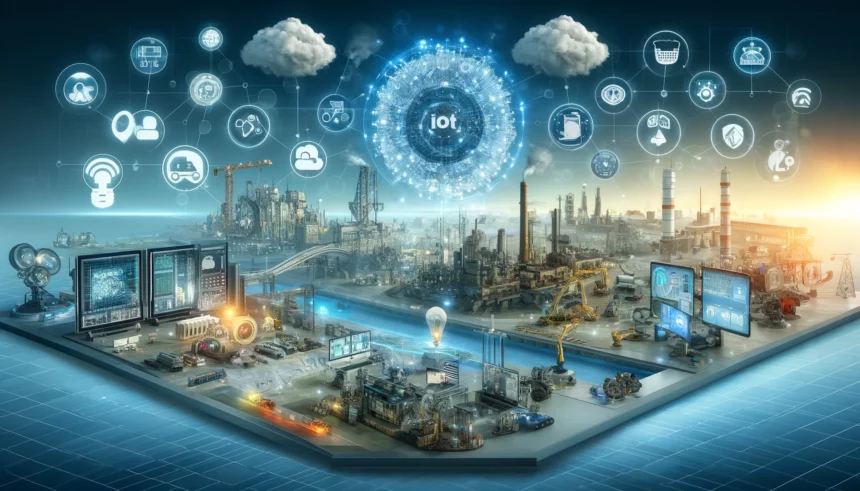A Surge in Devices and Business Opportunities
As predicted by Forbes, the year 2024 is set to see an astonishing rise in IoT devices, with numbers reaching upwards of 207 billion. This explosion of connected gadgets isn’t just a statistic; it translates into a myriad of opportunities for businesses savvy enough to navigate this trend. Before diving into the specific trends that are shaping this technology, let’s take a moment to understand the landscape.
The Growing Landscape of IoT
According to the latest “State of IoT-Spring 2024” report, IoT now ranks as the third top priority for businesses, trailing only behind artificial intelligence. The sector’s market size is on a trajectory that sounds almost fictional—from $595.73 billion in 2023 to an expected $4,062.34 billion in the coming years. What’s driving such growth?
- Advancements in Sensor Technology: It’s now cheaper and easier to incorporate sensors into everyday objects, thanks to technological advancements.
- Enhanced Connectivity: Innovations in cellular networks and LPWAN technologies ensure connectivity even in the most remote locations.
- Cloud Computing: With better storage and processing capabilities, managing IoT data has never been easier.
IoT Security: The Persistent Hurdle
However, it’s not all smooth sailing. IoT security remains a formidable challenge, exacerbated by the interconnected nature of devices—compromise one, and you risk them all. The “SonicWall Cyber Threat Report 2023” highlighted a 37% increase in IoT malware attacks over the previous year, underscoring the growing threat landscape.
Key IoT Trends to Watch in 2024
Let’s look at five IoT trends that are poised to make significant impacts in 2024 and beyond:
1. Artificial Intelligence and IoT Integration
AI thrives on data, and IoT devices are its feeding ground. From predictive maintenance to smart vehicles, the integration of AI with IoT devices ensures that data is not only collected but also utilized efficiently. Machine learning can then predict patterns and enhance decision-making processes.
2. Edge AI
The sheer volume of data from IoT devices makes traditional data processing costly and slow. Edge AI addresses this by processing data on the device itself, rather than sending it to the cloud. This reduces latency, saves bandwidth, and cuts costs, which is crucial for applications needing immediate insights like autonomous vehicles.
3. Digital Twin Technology
Digital twins are revolutionizing industries by creating virtual replicas of physical systems. This technology is crucial in healthcare for simulating treatment outcomes and in manufacturing for predicting equipment failures, enhancing both precision and efficiency.
4. Next-Generation Connectivity
- 5G: Offers faster data transmission and is vital for applications requiring immediate data processing.
- Wi-Fi 6: Supports high-density connections, improving both the range and battery life of IoT devices.
- LPWAN: Ideal for long-range communications without the need for extensive infrastructure, perfect for remote monitoring.
5. Blockchain for IoT Security
With an ever-increasing number of devices, traditional security methods fall short. Blockchain offers a decentralized way to secure data, ensuring that it remains private and tamper-proof, making it essential for IoT security.
The Future Is Interconnected
From wearables to smart cities, IoT is setting the stage for a future where the lines between physical and digital blur seamlessly. Devices will get smaller, smarter, and more energy-efficient. We might even see IoT extend into human-to-device interactions controlled by thought.
Conclusion
The realm of IoT is expansive and burgeoning with potential. The trends of 2024 are just the beginning. As we harness these innovations, we edge closer to a world where digital and physical spaces converge, creating new opportunities and experiences that today, we can only imagine.
















